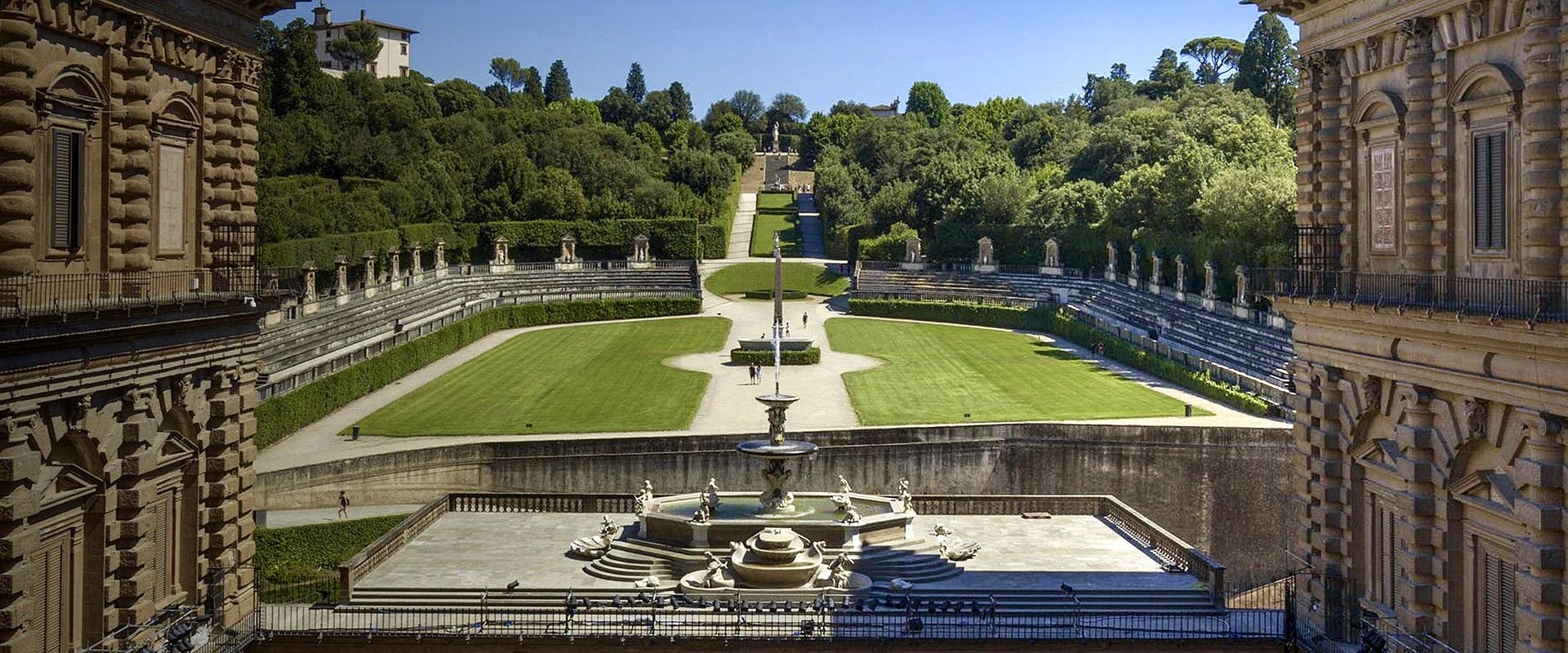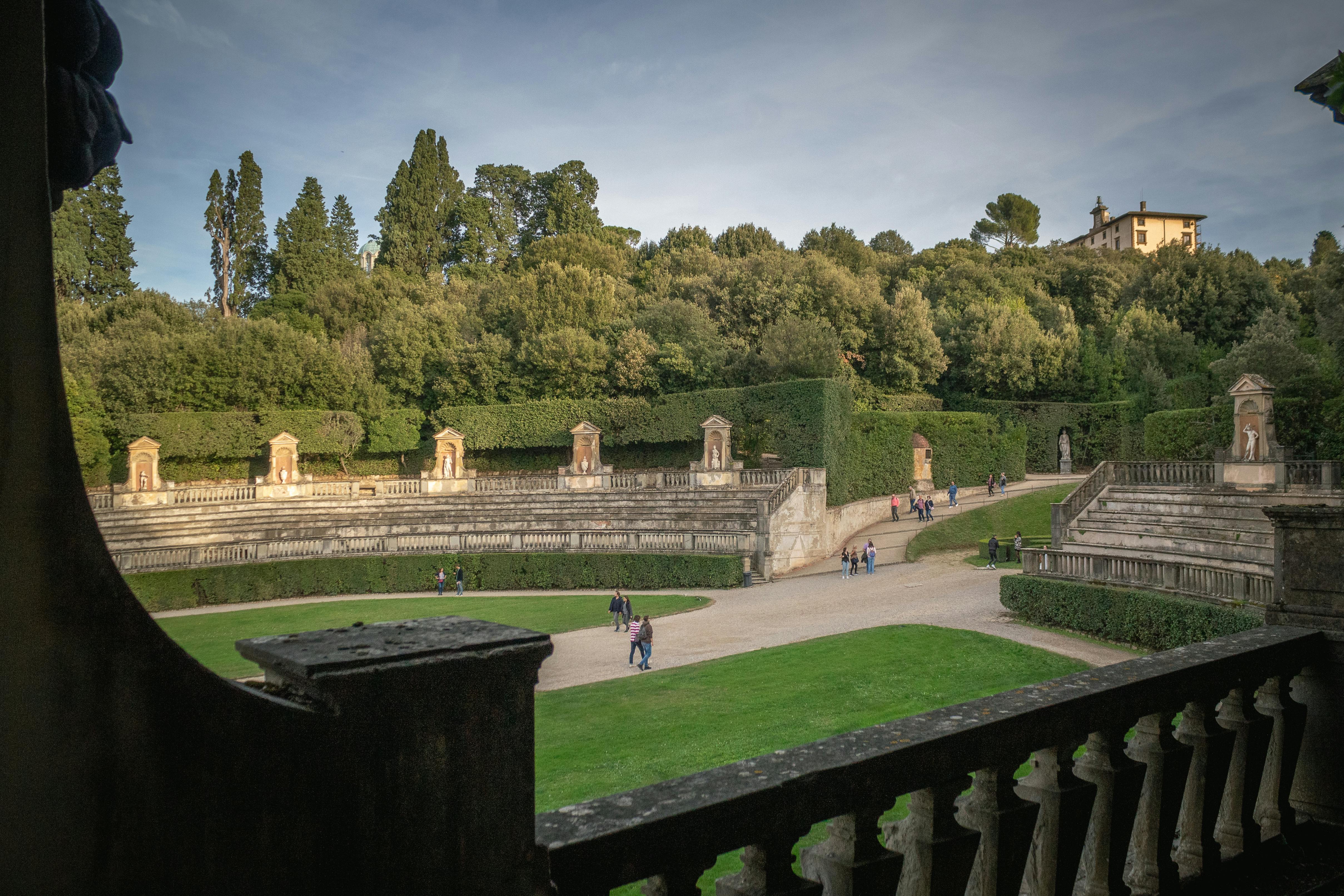The Uffizi Galleries receive 4.5 million euros (circa $4.8 mln) from american sponsor Veronica Atkins to restore the Amphitheater in the Boboli Gardens
It is the largest contribution any Florentine Museum has ever received by a private individual
Four and a half million euros (about $4,800,000), the largest payment by a private individual ever made to a Florentine museum, and the beneficiaries are the Uffizi Galleries. This enormous act of sponsorship was provided by American patron Veronica Atkins. The large sum will be used to completely restore the Amphitheater of the Boboli Gardens, as part of the extensive "Boboli 2030" program to revitalize the Medici greenery. The operations will start in the coming months and will last between two to three years. The dual purpose is to protect and restore the many varied architectural, sculptural and plant components of this impressive but very delicate space to the best conditions, and at the same time, to enhance and ensure the recovery of its original purpose of hosting performances, and, in particular, opera music.
The amphitheater was originally conceived of purely plant forms by Eleonora da Toledo, who commissioned the sculptor, architect and set designer Niccolò Tribolo for its construction.
From 1621 to 1634 architectural elements were gradually added, while the first theatrical use was upon the occasion of the celebration of the wedding of Margherita de' Medici and Odoardo Farnese in 1628.
Over the next centuries, the amphitheater became the venue par excellence for the grand ducal festivities – up until the last one, commissioned by Leopold II in 1839 (two decades before the end of the grand duchy). The first recovery of the Amphitheater took place in the 1930s, when it was also used to revive opera. In fact, it was precisely in this space that in June 1937 Claudio Monteverdi's L'incoronazione di Poppea was staged - for the first time in modern times, with the scenography designed by Giovanni Michelucci: the architect of the Santa Maria Novella station, and the one who also after the Second World War (together with Carlo Scarpa and Ignazio Gardella) designed and set up the Hall of Medieval Painting in the Uffizi Galleries. In 1960 and again in July 1965, Franco Zeffirelli chose the Boboli Amphitheater to stage Jacopo Peri's Euridice. At the time, the New York Times critic praised the perfect acoustics of this space, among other things.
Veronica Atkins is among the best known sponsors and patrons in the world in the field of music, but not only music, since in recent years her support of the Uffizi Galleries has been increasing. Through the American Friends of the Uffizi Galleries and working with its executive director, Lisa Marie Conte Browne, Mrs. Atkins financed the restoration of the Terrace of geographical maps in the Uffizi Galleries, the series of Valois tapestries in the Florentine museum and the restoration of the Sala di Bona in the Pitti Palace. Last October, she donated one of the best pianos in the world for concerts in the Sala Bianca in the former Medici palace. On that occasion she was awarded the Keys to the City of Florence by the Deputy Mayor Alessia Bettini, in the presence of the Consul General of the United States of America, Ragini Gupta, the President of the Amici degli Uffizi and the Friends of the Uffizi Galleries, Maria Vittoria Rimbotti Colonna, and by the director of the Uffizi Galleries, Eike Schmidt. Among many other honors and responsibilities, Veronica Atkins serves as Managing Director on the Board of Directors of the Metropolitan Opera in New York, is chairperson of the Dr. Robert C. and Veronica Atkins Foundation, and supports many other prestigious cultural organizations. She was one of the main donors for the production of Boris Godunov at the Teatro alla Scala last December, which was attended by the President of the Republic, Sergio Mattarella, the Prime Minister, Giorgia Meloni, the Minister of Culture, Gennaro Sangiuliano, along with other distinguished guests.
Philanthropist Veronica Atkins commented: “The Boboli Amphitheater project combines my three greatest loves: nature, art and music. I can't wait to attend the premiere of the opera that will resound in this magical and unique place in the world after the restoration is finished”.
The director of the Galleries, Eike Schmidt, added: “Thanks to the generosity of Veronica Atkins, one of the key projects of the Boboli 2030 initiative will come to fruition. The Boboli Amphitheater – which in its architectural form recalls the glories of ancient Rome – will recover its open-air theater function, right in the city where melodrama and opera itself were born. Soon we will again see the best singers performing in the vast basin surrounded by greenery, in front of the grandiose background of the Imperial and Royal Pitti Palace, to hear the applause not of a select few, but of the large audience that will come together in the stalls and on the stairways for a unique and inimitable experience”.

